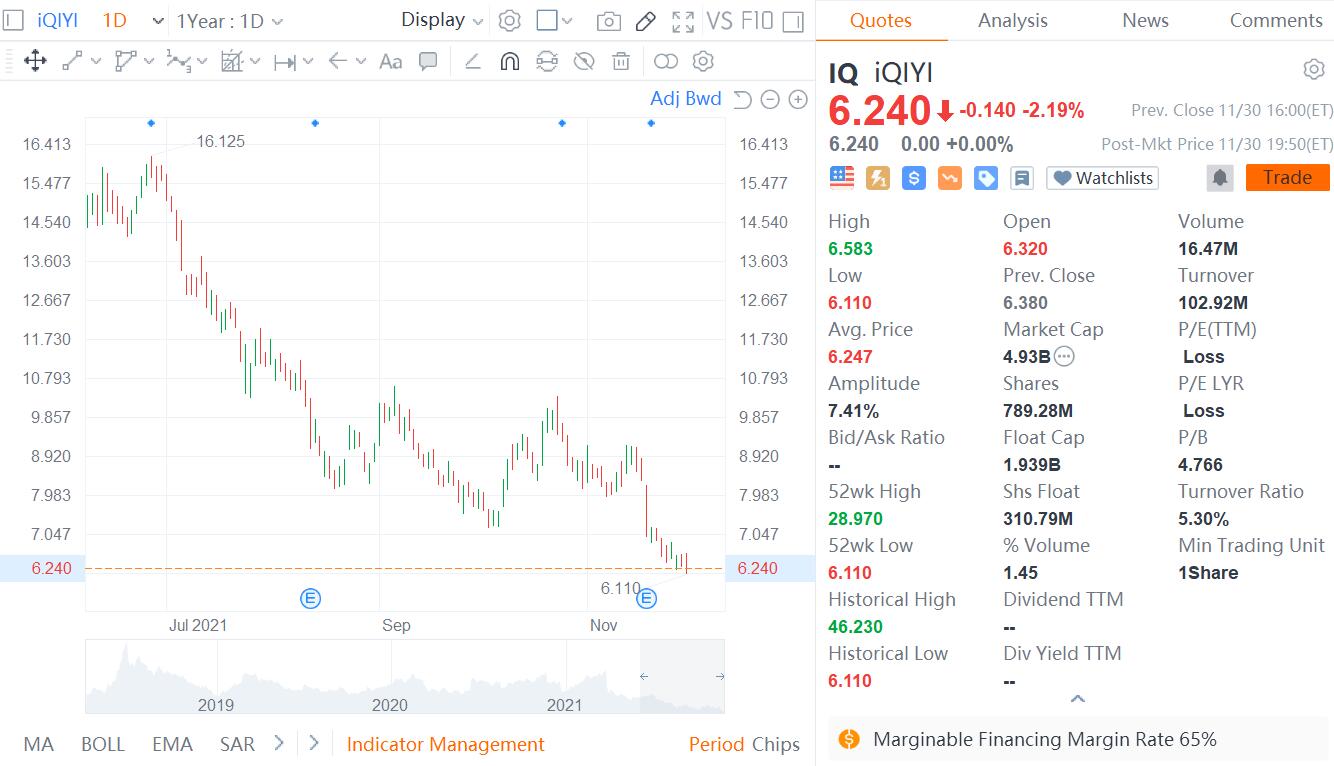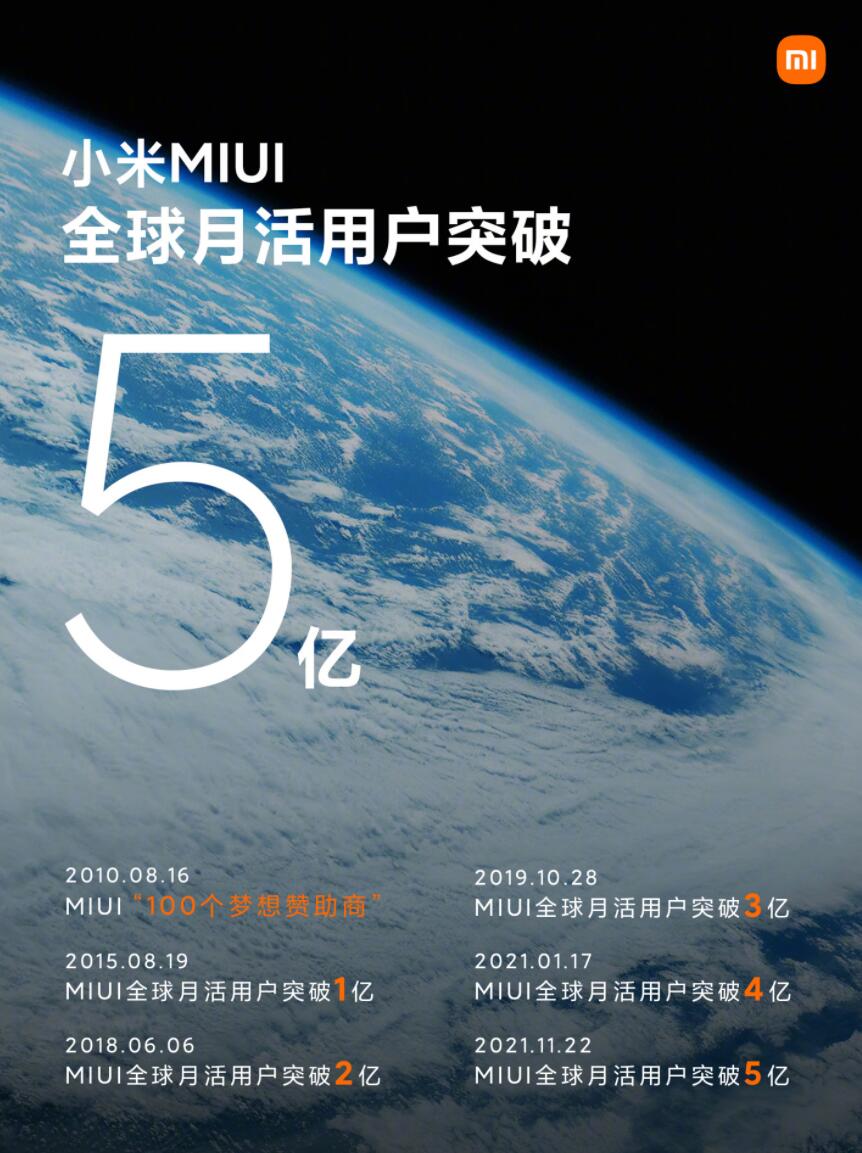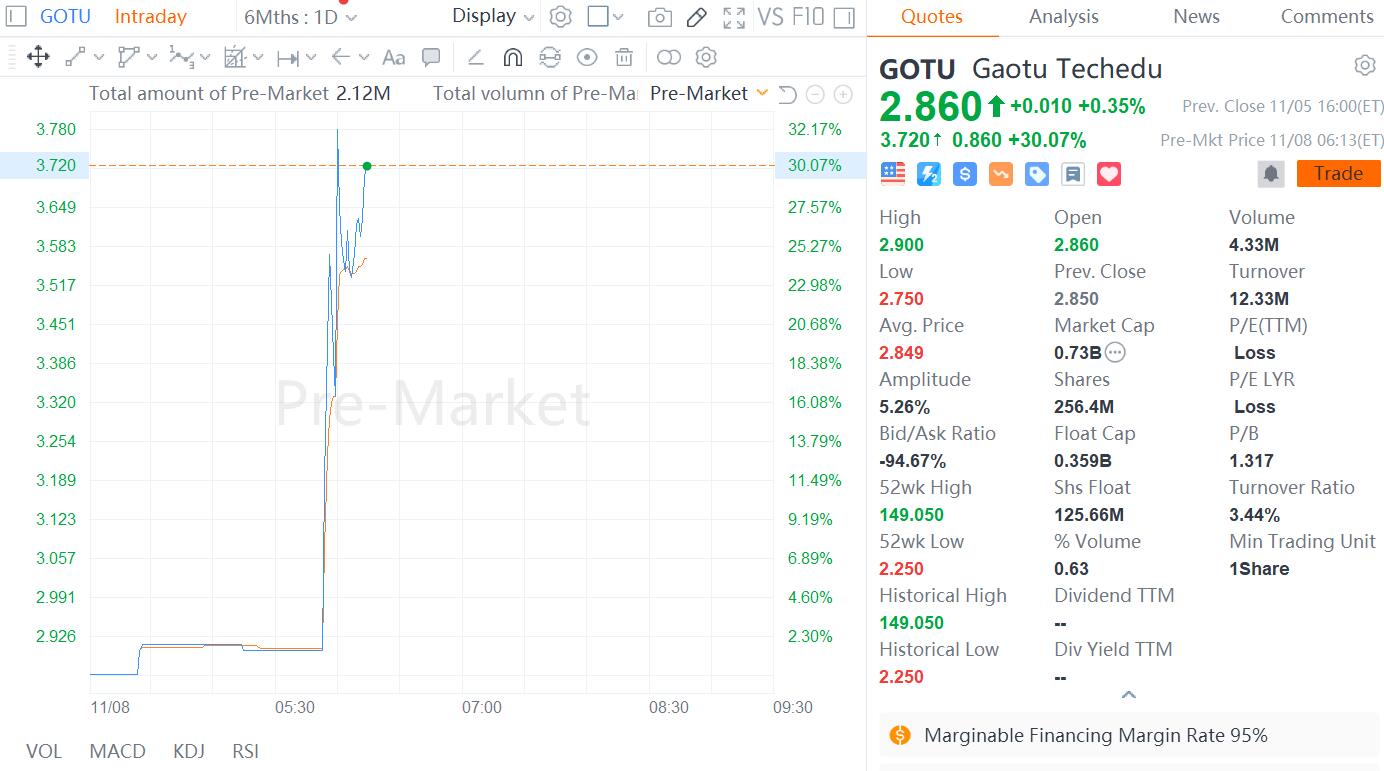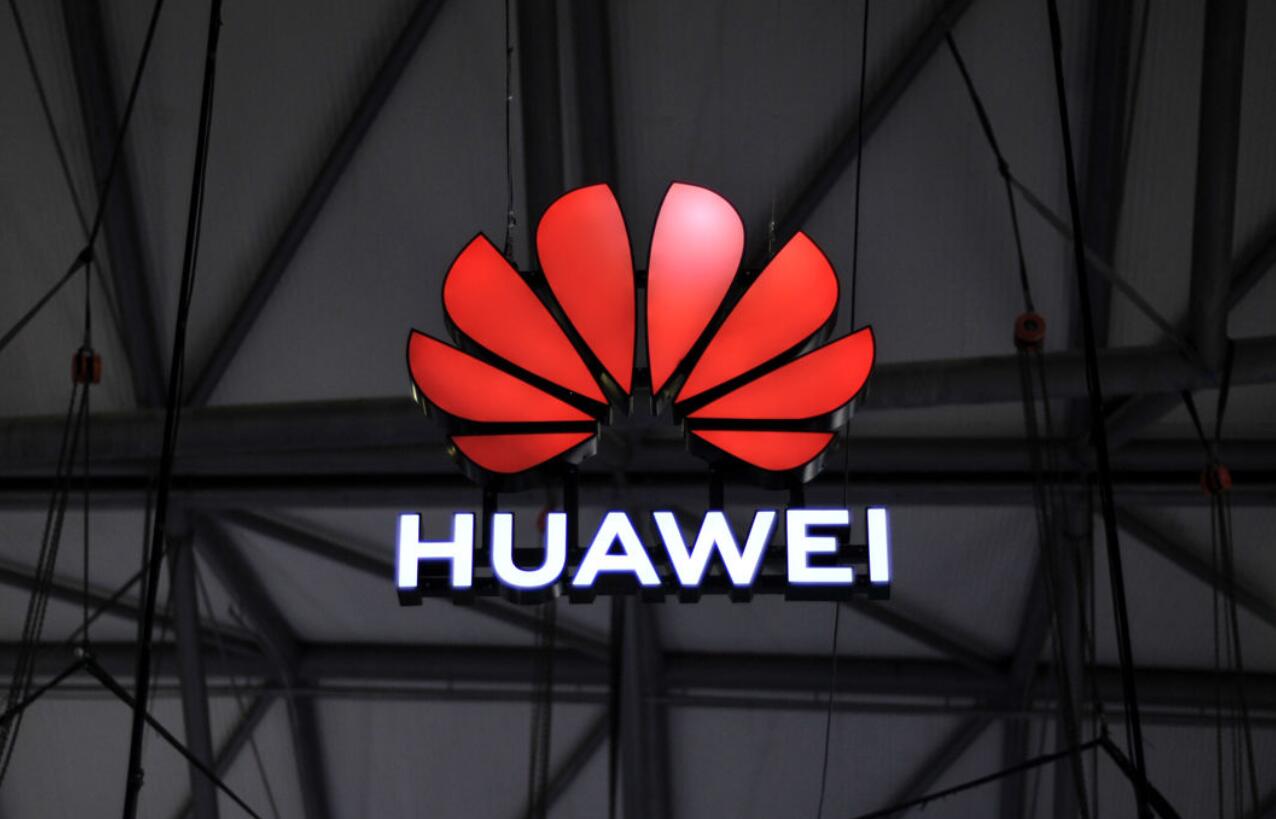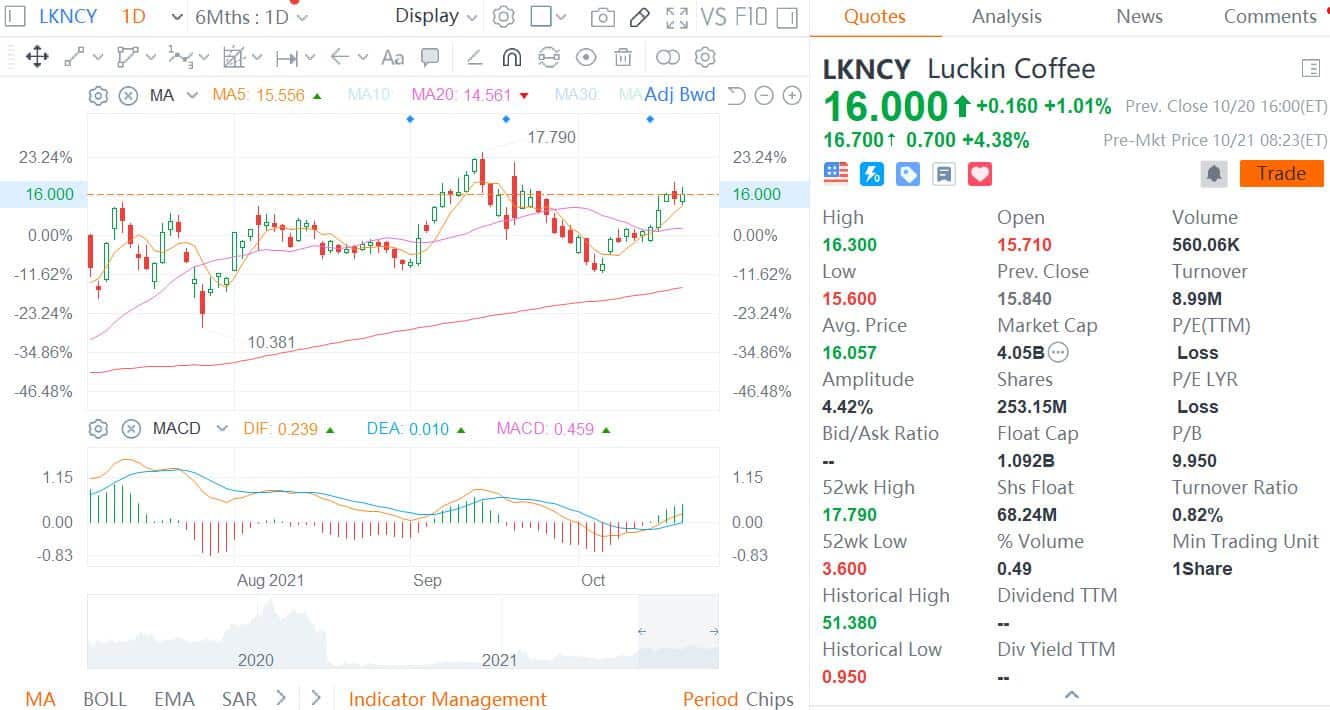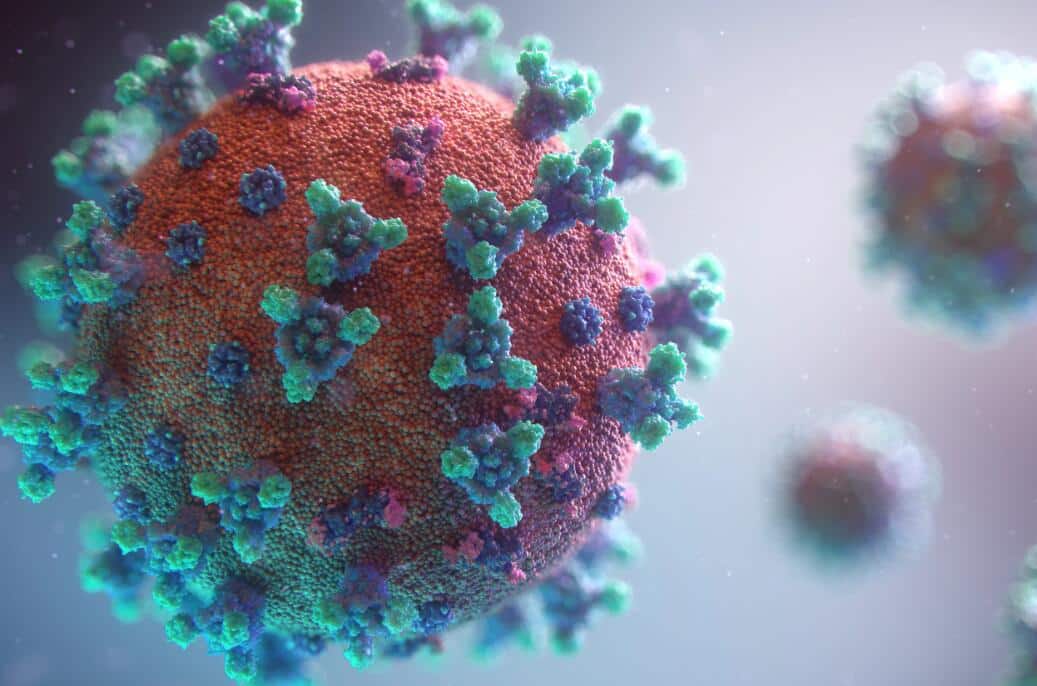
Schools are closed, streets are sparse, and people are kept apart --this may become a new normal for a long time.
A new study in the United States shows that unless the vaccine is put into use soon, people may need to maintain social distancing measures until 2022.
In addition, the new coronavirus pneumonia may return in a few years.
"Social distancing" measures may continue until 2022
The Harvard School of Public Health team published a research paper titled "Predicting the Dynamics of SARS-CoV-2 Transmission in the Later Pandemic" in Science on April 14th, simulating the possible development of this epidemic. Trajectory in order to find supplementary methods to combat this epidemic.
The article states that the SARS-CoV-2 pandemic and post-pandemic transmission dynamics will depend on the following factors: the degree of seasonal variation in transmission, the duration of immunization, the degree of cross-immunization of SARS-CoV-2 with other coronavirus and control the intensity and timing of measures.
The research team used information from known new coronaviruses and other coronaviruses to simulate possible scenarios for the current pandemic.
The report pointed out that the epidemic will not stop spreading this summer as the White House recently predicted. From now until 2022, people may need to maintain isolation at home and close schools, unless the hospital ’s intensive care capacity is greatly improved. Or vaccines come out.
In addition, studies have shown that in all simulated situations, when the "social distancing" measures are lifted, the infection will reappear, "one-time social distancing measures may push the peak of SARS-CoV-2 epidemic to autumn, if it spreads in winter Enhanced capabilities may increase the burden of intensive care resources. "
Researchers say that such long-term "social distancing" measures, even intermittently, may "have a profound negative impact on the economy, society and education."
This statement has also been confirmed by Anthony Fauci, chief infectious disease expert of the US Commission for Disease Control and Prevention.
April 14 said that the United States has not yet begun to restart the key testing and tracking procedures required by the economy, which shows that the White House actually needs to be more cautious when making increasingly optimistic forecasts.
Fauci also said in an interview with the Associated Press: "We must have some effective and dependable key steps, but we do not have these at present."
Will the new coronavirus make a comeback in a few years?
By simulating the spread of SARS-CoV-2, the Harvard research team believes that SARS-CoV-2 can multiply at any time of the year. In all modeling scenarios, SARS-CoV-2 can be used without regard to the establishment time Large-scale outbreaks.
The research team emphasized that if the body's immunity to SARS-CoV-2 is not permanent, then the virus will enter the normal circulation together with other viruses, like flu.
If humans are short-term immunized against the virus (approximately 40 weeks, similar to HCoV-OC43 and HCoV-HKU1), then there will be an annual SARS-CoV-2 outbreak, and if humans develop long-term immunity (two years), Then there will be an outbreak every two years.
If SARS-CoV-2 immunity is permanent, the virus may disappear for 5 or several years after an outbreak.
The lower cross-immunity level of SARS-CoV-2 from other coronaviruses of type B may make SARS-CoV-2 seem to disappear, but it will make a comeback after a few years.
In addition, the study showed that although the seasonal changes in transmission led to a small peak in the incidence of SARS-CoV-2 in the early stages of the epidemic, the incidence of repeated outbreaks in winter was greater.
"Intermittent social distancing" is still a problem
The final conclusion of the Harvard research team stated that in order to shorten the epidemic period of SARS-CoV-2 and ensure adequate care for critically ill patients, improving the nursing capacity of critically ill patients and formulating additional interventions are urgent priorities.
At the same time, serological testing is also needed to understand the degree and duration of immunity to SARS-CoV-2, which will help determine the post-pandemic dynamics of the virus.
The research team emphasized that in order to respond to the outbreak, continuous and extensive monitoring is required in the short term in order to effectively implement intermittent "social distancing" measures.
In the long-term, it is necessary to evaluate the possibility of recurrence of SARS-CoV-2 infection even after the epidemic has clearly disappeared for a long period of time, because this situation may still occur again in 2025.
Marc Lipsitch, one of the authors of the study and director of the Center for Infectious Disease Dynamics Research at the Harvard School of Public Health and professor of epidemiology, explained that even if intermittent "social distancing" measures are adopted, the outbreak Control also takes up to several years, "this time will obviously not be short".
Special Report: Fighting The New Coronavirus


